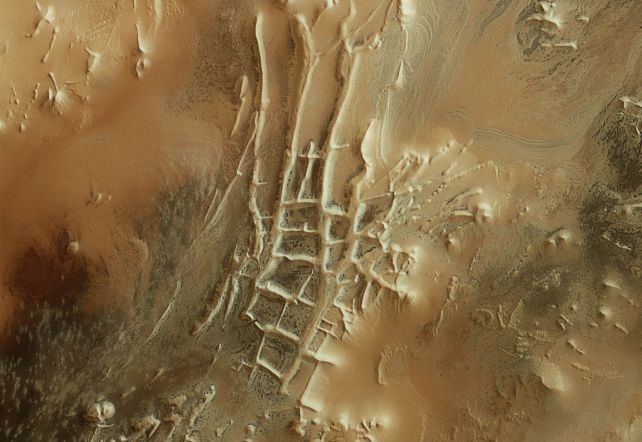Throughout our lives, we have had the opportunity to contemplate the serene and fascinating beauty of a meteor shower. With the famous Perseids known popularly as the “Tears of San Lorenzo” in summer, with the past Leonids we experience in mid-November, or with the Geminids we meet in a few days. The International Astronomical Union maintains an updated A comprehensive catalog with hundreds of meteor showers It occurs throughout the year and astronomers carefully note the most significant dates on the calendar while waiting for the next meteor shower.
Almost daily our planet is “bombarded” by tiny remnants of comets and other celestial bodies, which disintegrate upon entering our atmosphere, leaving behind a trail of light for a few moments, giving us those beautiful shooting stars. Most of these meteorites do not reach the size of a grain of sand, but they enter our atmosphere at such high speeds that they leave an intense glow in their path.
But there’s something you don’t see everyday. A new meteor shower is a brief, unprecedented and unknown astronomical event that can occur within a few hours. The discovery was made by an international team of astronomers and was published a few days ago on ArXiv under the title “.A new meteor shower from comet 46P/Wirtanen may occur in December 2023”.
Researchers from the Paris and Tokyo observatories and various astronomical institutes such as the Universities of Lille, Boston and London suggest that this near-Earth comet will cause a stream of remnant debris around the Sun. The direction of the star Lambda-Sculptoris has already left us with a possible name for this new meteor shower: “Lambda-sculptor“.
The protagonist of this shower appears in the image above, taken five years ago by the famous Hubble telescope. It is known as a comet 46P/Wirtanenand a small ball of gas, ice, and dust that orbits the Sun every 5.4 years. As its name suggests, it was discovered in 1948 by American Carl Alvar Virtanen, who along with his wife Edith discovered a large number of asteroids and comets from the Lick Observatory in California.
Its frequency of every five years is the reason it was discovered so early (in fact it was discovered before Halley’s Comet, which takes 75 years to orbit the Sun), but this raises an interesting question: Why haven’t we discovered it before the shower of stars, that wakes up? One of the possible solutions to this question could be the coincidence of a very large meteor shower, the Geminids, which occurs in these coming days of December. The new Lambda-Sculptoris meteor shower may have been an inadvertent initiation act for the Geminids for decades before astronomers could define its own existence.
“The results show a meeting that was planned On December 12, 2023, from 8:00 to 12:30 UT [0300 y 0730 EST]. The amount of rainfall is highly uncertain due to the lack of past rainfall. The editors at Space.com explain. Researchers also predict that the best visibility of this newly discovered meteor shower will occur in Australia, New Zealand and Oceania on this occasion. Those lucky enough to see them will find out firsthand.
Also in the video: NASA reveals never-before-seen heart of Milky Way
Scientific notes and additional information:
J. Vaupailon, K.-Z. Ye, A. Egal, M. Sato & DE Moser “A new meteor shower from Comet 46P/Wirtanen is expected in December 2023.” ArXiv:2312.02636v1 [astro-ph.EP]
Robert LeaDebris from a near-Earth comet could create a new meteor shower this week”Space.com

:quality(85)/cloudfront-us-east-1.images.arcpublishing.com/infobae/7PNLCQKQZY5ZWURFXCV6GMFUGI.jpg)

:quality(85)/cloudfront-us-east-1.images.arcpublishing.com/infobae/733BC4GLSFHFXGV2W5HA6RSFF4.png)
:quality(85)/cloudfront-us-east-1.images.arcpublishing.com/infobae/YMJL5TYTFCDXREBK5GQ3GF2NSE.jpg)